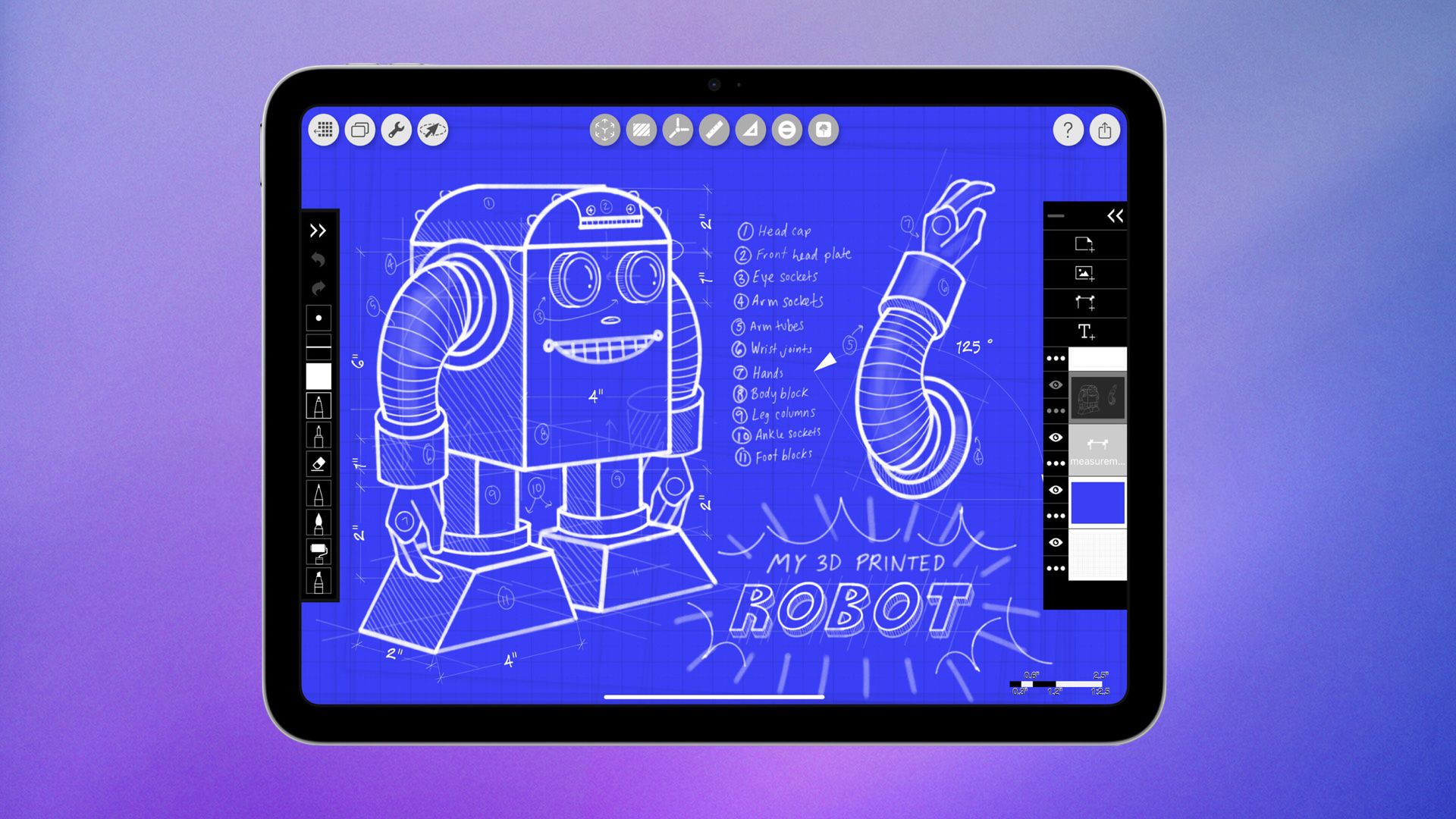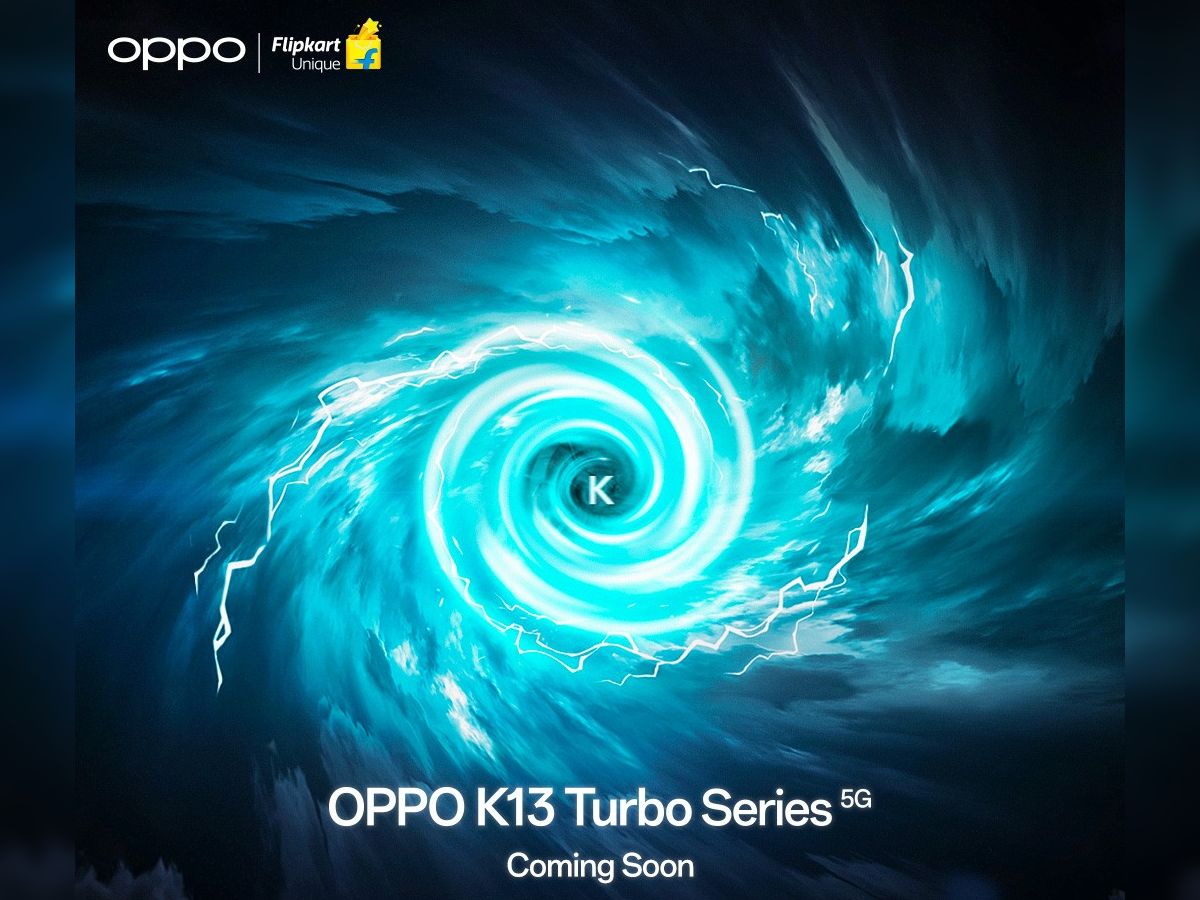Europe no longer wants to be lagging behind in the race for space aircraft. The European Space Agency (ESA) has just formalized the Invictus program, an initiative aimed at developing a machine capable of flying to Mach 5, five times the speed of sound, while being reusable and capable of taking off from a conventional track. Objective: a first test flight by 2031.
ESA fully in hypersonic flight
The project is led by Frazer-Nash, a British engineering company, accompanied by partners like Spirit Aerosystems and the University of Cranfield. Funding amounts to 7 million pounds sterling, around 8 million euros. It is not huge in the space sector, but enough to lay the foundations for a functional demonstrator.
« Hypersonic flight is not only a new border of aerospace, it is a bridge to a new way of moving and accessing space », says Tomaso Ghidini, responsible for the mechanical department of ESA.
At the center of the Invictus project is a technology developed by the British company Reaction Engines, which is now missing: the saber pre-refreshing. This system makes it possible to cool overheated air before it enters the engine, an essential step at these extreme speeds where temperatures can destroy conventional components.
« Hypersonic planes face incredibly high temperatures. Traditional engines cannot manage this burning air. The pre-refresher solves this problem “Explains Frazer-Nash in a press release. The propulsion envisaged is called “air-breakage”, that is to say that it uses oxygen of the air to operate at certain altitudes, which makes it possible to limit the amount of on-board ergols. The rest of the system is powered by hydrogen, a fuel already tested by ESA.
According to David Perigo, chemical propulsion engineer at ESA, the goal is to demonstrate ” The feasibility of a pre-referiid hydrogen propulsion system for hypersonic flight with horizontal takeoff ». The engine will be tested on a real scale, from air inlet to post-combustion.
The project could lead to all kinds of uses: space launches, rapid mobility on earth, surveillance or defense. Sarah Wilkes, Director General of Frazer-Nash, speaks of ” An opportunity to provide advanced double -use technology ». Beyond technical innovation, Invictus is also seen as a strategic lever. Europe intends to position itself in an industry where the United States (with the X-37B of the US Air Force), China (with Shenlong) or even private actors like Virgin Galactic are fast approaching.
In a year, the consortium will have to deliver a first conceptual version of the device. If the following steps go well, Europe could then have its own operational space plane at the start of the next decade.
🟣 To not miss any news on the Geek newspaper, subscribe to Google News and on our WhatsApp. And if you love us, .











